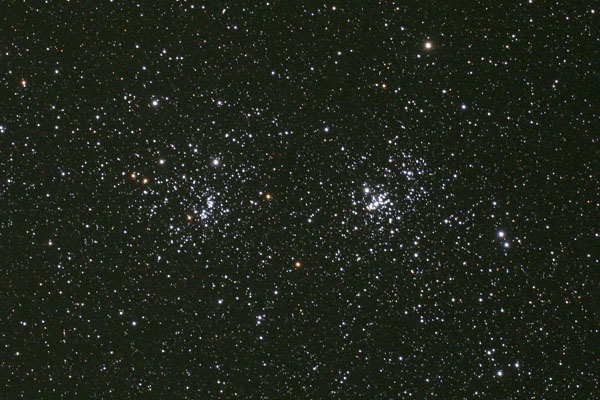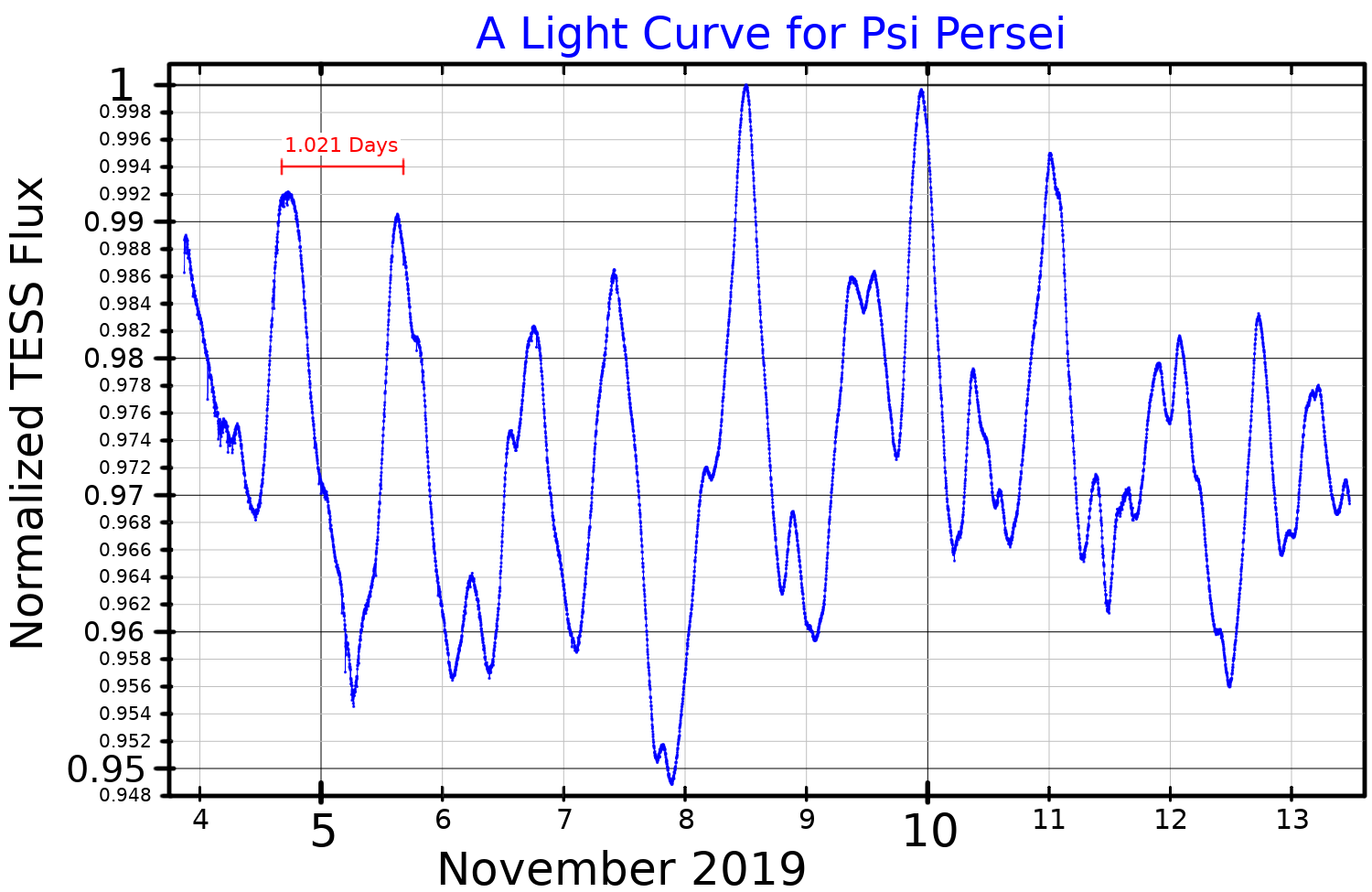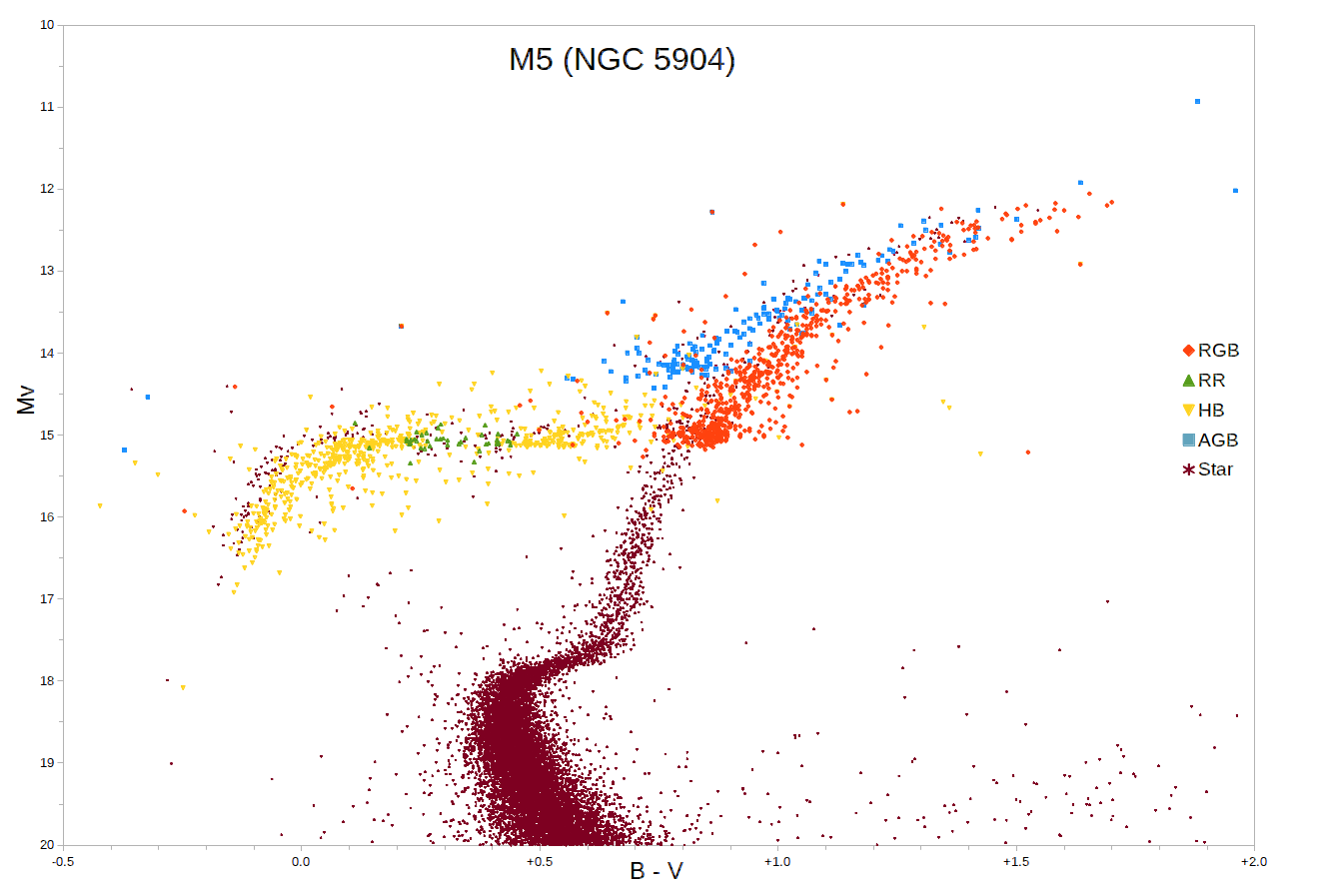|
σ Persei
Sigma Persei (Sigma Per, σ Persei, σ Per) is an orange stellar classification, K-type giant star, giant star with an apparent magnitude of +4.36. It is approximately 343 light-years from Earth. Sigma Persei is moving through the Galaxy at a speed of 17.4 km/s relative to the Sun. Its projected Galactic orbit carries it between 24,400 and 43,600 light years from the center of the Galaxy. It came closest to the Sun 5.1 million years ago when it had brightened to magnitude 3.11 from a distance of 202 light years. In 2014 a planet was reported, Sigma Persei b, with a period of 580 days and a mass approximately 6.5 times that of Jupiter. However, a 2025 study found that the observed radial velocity variations are intrinsic to the star, and not caused by a planetary companion. Name and etymology This star, together with Delta Persei, δ Per, Psi Persei, ψ Per, Alpha Persei, α Per, Gamma Persei, γ Per and Eta Persei, η Per, has been called ''the ... [...More Info...] [...Related Items...] OR: [Wikipedia] [Google] [Baidu] |
Perseus (constellation)
Perseus is a constellation in the Northern celestial hemisphere, northern sky, named after the Greek mythology, Greek mythological hero Perseus. It is one of the 48 ancient constellations listed by the 2nd-century astronomer Ptolemy, and among the IAU designated constellations, 88 modern constellations defined by the International Astronomical Union (IAU). It is located near several other constellations named after ancient Greek legends surrounding Perseus, including Andromeda (constellation), Andromeda to the west and Cassiopeia (constellation), Cassiopeia to the north. Perseus is also bordered by Aries (constellation), Aries and Taurus (constellation), Taurus to the south, Auriga (constellation), Auriga to the east, Camelopardalis to the north, and Triangulum to the west. Some Celestial cartography, star atlases during the early 19th century also depicted Perseus holding the disembodied head of Medusa, whose Asterism (astronomy), asterism was named together as ''Perseus et Capu ... [...More Info...] [...Related Items...] OR: [Wikipedia] [Google] [Baidu] |
Alpha Persei
Alpha Persei ( Latinized from α Persei, abbreviated Alpha Per, α Per), formally named Mirfak (pronounced or ), is the brightest star in the northern constellation of Perseus, outshining the constellation's best-known star, Algol (β Persei). Alpha Persei has an apparent visual magnitude of 1.8, and is a circumpolar star when viewed from mid-northern latitudes. Alpha Persei lies in the midst of a cluster of stars named as the eponymous Alpha Persei Cluster, or ''Melotte 20'', which is easily visible in binoculars and includes many of the fainter stars in the constellation. Determined distance using the trigonometric parallax, places the star away. Nomenclature ''α Persei'' is the star's Bayer designation. The star also bore the traditional names Mirfak and Algenib, which are Arabic in origin. The former, meaning 'Elbow' and also written Mirphak, Marfak or Mirzac, comes from the Arabic ''Mirfaq al-Thurayya'', while Algenib, also spelt Algeneb, Elgen ... [...More Info...] [...Related Items...] OR: [Wikipedia] [Google] [Baidu] |
Henry Draper Catalogue Objects
Henry may refer to: People and fictional characters * Henry (given name), including lists of people and fictional characters * Henry (surname) * Henry, a stage name of François-Louis Henry (1786–1855), French baritone Arts and entertainment * Henry (2011 film), ''Henry'' (2011 film), a Canadian short film * Henry (2015 film), ''Henry'' (2015 film), a virtual reality film * ''Henry: Portrait of a Serial Killer'', a 1986 American crime film * Henry (comics), ''Henry'' (comics), an American comic strip created in 1932 by Carl Anderson * "Henry", a song by New Riders of the Purple Sage Places Antarctica * Henry Bay, Wilkes Land Australia *Henry River (New South Wales) *Henry River (Western Australia) Canada * Henry Lake (Vancouver Island), British Columbia * Henry Lake (Halifax County), Nova Scotia * Henry Lake (District of Chester), Nova Scotia New Zealand * Lake Henry (New Zealand) * Henry River (New Zealand) United States * Henry, Illinois * Henry, Indiana * Henry, Nebras ... [...More Info...] [...Related Items...] OR: [Wikipedia] [Google] [Baidu] |
Bright Star Catalogue Objects
Bright may refer to: Common meanings *Bright, an adjective meaning giving off or reflecting illumination; see Brightness *Bright, an adjective meaning someone with intelligence People * Bright (surname) * Bright (given name) *Bright, the stage name of Thai actor, musician, model, host and entrepreneur Vachirawit Chivaaree Places Australia * Bright, Victoria, a town * Electoral district of Bright in South Australia Canada * Bright Parish, New Brunswick Northern Ireland * Bright, County Down, a village and parish in County Down United States * Bright, Indiana, a census-designated place * Bright, West Virginia, an unincorporated community * Bright, Wisconsin, an unincorporated community Arts and entertainment Music * Bright (American band), an experimental pop group from Brooklyn, New York ** ''Bright'' (Bright (American band) album), 1996 album * Bright (Japanese band), a dance vocal band from Japan ** ''Bright'' (Bright (Japanese band) album), 2012 album * "Bright" (song), ... [...More Info...] [...Related Items...] OR: [Wikipedia] [Google] [Baidu] |
Hipparcos Objects
''Hipparcos'' was a scientific satellite of the European Space Agency (ESA), launched in 1989 and operated until 1993. It was the first space experiment devoted to precision astrometry, the accurate measurement of the positions and distances of celestial objects on the sky. This permitted the first high-precision measurements of the luminosity, intrinsic brightnesses, proper motions, and parallaxes of stars, enabling better calculations of their distance and tangential velocity. When combined with radial velocity measurements from spectroscopy, astrophysicists were able to finally measure all six quantities needed to determine the motion of stars. The resulting ''Hipparcos Catalogue'', a high-precision catalogue of more than 118,200 stars, was published in 1997. The lower-precision ''Tycho Catalogue'' of more than a million stars was published at the same time, while the enhanced Tycho-2 Catalogue of 2.5 million stars was published in 2000. ''Hipparcos'' follow-up mission, ''Gaia ... [...More Info...] [...Related Items...] OR: [Wikipedia] [Google] [Baidu] |
Flamsteed Objects
John Flamsteed (19 August 1646 – 31 December 1719) was an English astronomer and the first Astronomer Royal. His main achievements were the preparation of a 3,000-star catalogue, ''Catalogus Britannicus'', and a star atlas called '' Atlas Coelestis'', both published posthumously. He also made the first recorded observations of Uranus, although he mistakenly catalogued it as a star, and he laid the foundation stone for the Royal Greenwich Observatory. Life Flamsteed was born in Denby, Derbyshire, England, the only son of Stephen Flamsteed and his first wife, Mary Spadman. He was educated at the free school of Derby and at Derby School, in St Peter's Churchyard, Derby, near where his father carried on a malting business. At that time, most masters of the school were Puritans. Flamsteed had a solid knowledge of Latin, essential for reading the scientific literature of the day, and a love of history, leaving the school in May 1662.Birks, John L. (1999) ''John Flamsteed, ... [...More Info...] [...Related Items...] OR: [Wikipedia] [Google] [Baidu] |
K-type Giants
K-type may refer to: *AEC K-type The AEC K-type was a type of bus chassis built by Associated Equipment Company (AEC) from 1919 until 1926, mainly for use in London by the London General Omnibus Company (LGOC). Description The K-type was an important design that ended the ..., a bus chassis * K-type star, a stellar spectral classification * K-type filter, a type of electronic filter * K-type asteroid, an unusual kind of asteroid {{disambig ... [...More Info...] [...Related Items...] OR: [Wikipedia] [Google] [Baidu] |
Bayer Objects
Bayer AG (English: , commonly pronounced ; ) is a German multinational pharmaceutical and biotechnology company and is one of the largest pharmaceutical companies and biomedical companies in the world. Headquartered in Leverkusen, Bayer's areas of business include: pharmaceuticals, consumer healthcare products, agricultural chemicals, seeds and biotechnology products. The company is a component of the EURO STOXX 50 stock market index. Bayer was founded in 1863 in Barmen as a partnership between dye salesman Friedrich Bayer (1825–1880) and dyer Friedrich Weskott (1821–1876). The company was established as a dyestuffs producer, but the versatility of aniline chemistry led Bayer to expand its business into other areas. In 1899, Bayer launched the compound acetylsalicylic acid under the trademarked name Aspirin. Aspirin is on the World Health Organization's List of Essential Medicines. In 2021, it was the 34th most commonly prescribed medication in the United State ... [...More Info...] [...Related Items...] OR: [Wikipedia] [Google] [Baidu] |
Eta Persei
Eta Persei (η Persei, abbreviated Eta Per, η Per), is a red supergiant in the constellation of Perseus. Parallax measurements by the Gaia spacecraft imply that it is 1,000 is light-years away from Earth. At such distance, interstellar dust diminishes its apparent brightness by 0.47 magnitudes. The two components of Eta Persei itself are designated Eta Persei A (officially named Miram , a recent name for the system) and B. Nomenclature ''η Persei'' ( Latinised to ''Eta Persei'') is the binary star's Bayer designation. The designations of its two components as ''Eta Persei A'' and ''B'' derive from the convention used by the Washington Multiplicity Catalog (WMC) for multiple star systems, and adopted by the International Astronomical Union (IAU). Eta Persei mysteriously gained the named ''Miram'' in the 20th Century, though no source is known. In 2016, the IAU organized a Working Group on Star Names (WGSN) to catalog and standardize proper names for stars. The WGSN ... [...More Info...] [...Related Items...] OR: [Wikipedia] [Google] [Baidu] |
Gamma Persei
Gamma Persei (Gamma Per, γ Persei, γ Per) is a binary star system in the constellation Perseus. The combined apparent visual magnitude of the pair is +2.9, making it the fourth-brightest member of the constellation. The distance to this system is of roughly with a 1% margin of error. About 4° to the north of Gamma Persei is the radiance point for the annual Perseid meteor shower. This is a wide eclipsing binary system with an orbital period of 5,329.8 days (14.6 years). This eclipse was first observed in 1990 and lasted for two weeks. During an eclipse, the primary passes in front of the secondary, causing the magnitude of the system to decrease by 0.55. The primary component of this system is a giant star with a stellar classification of G9 III. It has a projected rotational velocity of 50.0 km s−1 and a lengthy estimated rotation period of 14.6 years. The classification of the secondary remains tentative, with assignments of A3& ... [...More Info...] [...Related Items...] OR: [Wikipedia] [Google] [Baidu] |
Psi Persei
Psi Persei (Psi Per, ψ Persei, ψ Per) is a single Be star in the northern constellation of Perseus. It has an apparent visual magnitude of about 4.2, so it is visible to the naked eye at night under suitably dark skies. Based on parallax measurements, it is located at a distance of roughly from the Earth. Properties This star has a stellar classification of B5Ve, which indicates it is a B-type main sequence star that is generating energy at its core through the nuclear fusion of hydrogen. It is a shell star with a circumstellar disc of gas surrounding the equator and extending out to about 11 times the radius of the star. As a result of this disc, the spectrum of this star shows emission lines (as indicated by the 'e' in the stellar class) and its magnitude varies over a period 1.021 days. The General Catalog of Variable Stars classifies Psi Persei as a gamma Cassiopeiae variable star, whose visual band brightness varies from magnitude 4.17 to 4.28. ... [...More Info...] [...Related Items...] OR: [Wikipedia] [Google] [Baidu] |
Horizontal Branch
The horizontal branch (HB) is a stage of stellar evolution that immediately follows the red-giant branch in stars whose masses are similar to the Sun's. Horizontal-branch stars are powered by helium fusion in the core (via the triple-alpha process) and by hydrogen fusion (via the CNO cycle) in a shell surrounding the core. The onset of core helium fusion at the tip of the red-giant branch causes substantial changes in stellar structure, resulting in an overall reduction in luminosity, some contraction of the stellar envelope, and the surface reaching higher temperatures. Discovery Horizontal branch stars were discovered with the first deep photographic photometric studies of globular clusters and were notable for being absent from all open clusters that had been studied up to that time. The horizontal branch is so named because in low-metallicity star collections like globular clusters, HB stars lie along a roughly horizontal line in a Hertzsprung–Russell diagram. Beca ... [...More Info...] [...Related Items...] OR: [Wikipedia] [Google] [Baidu] |







